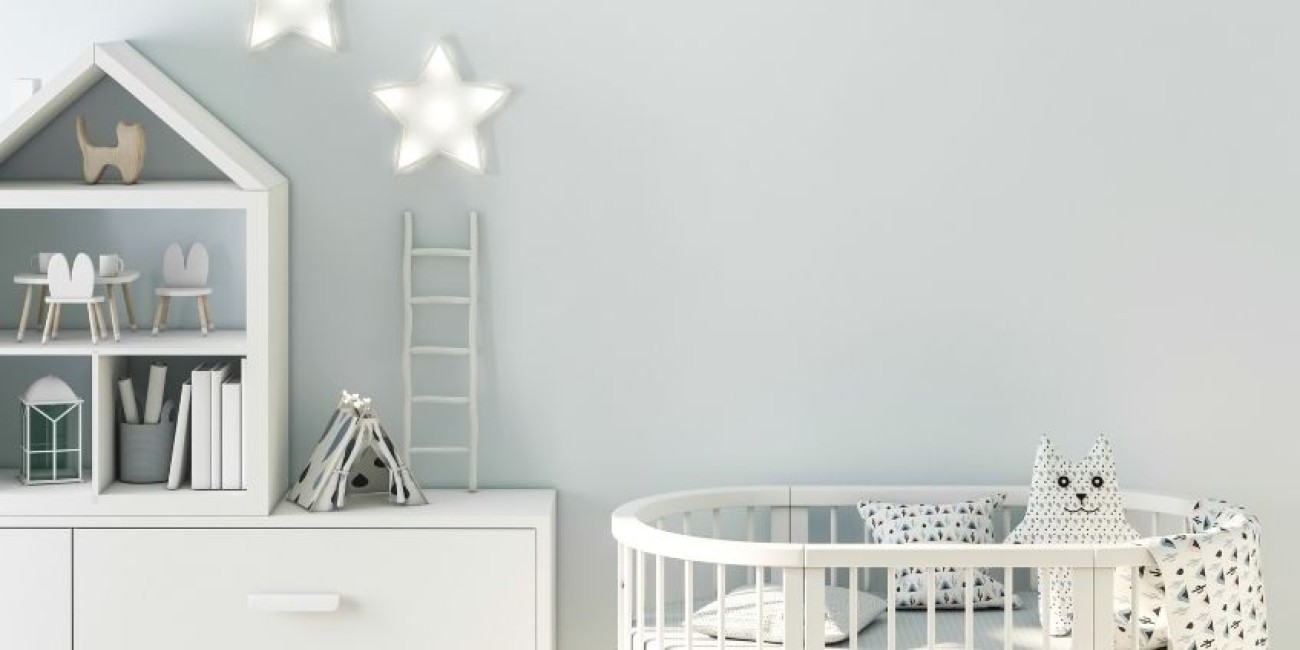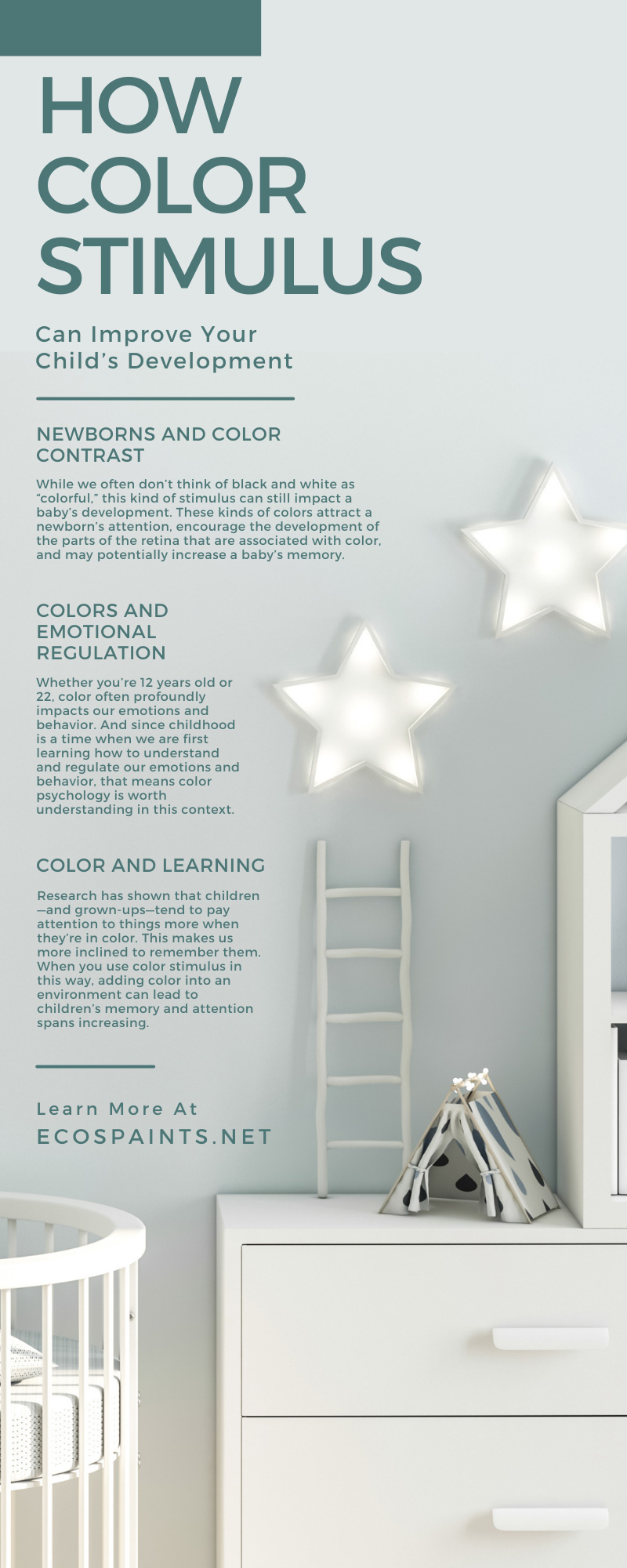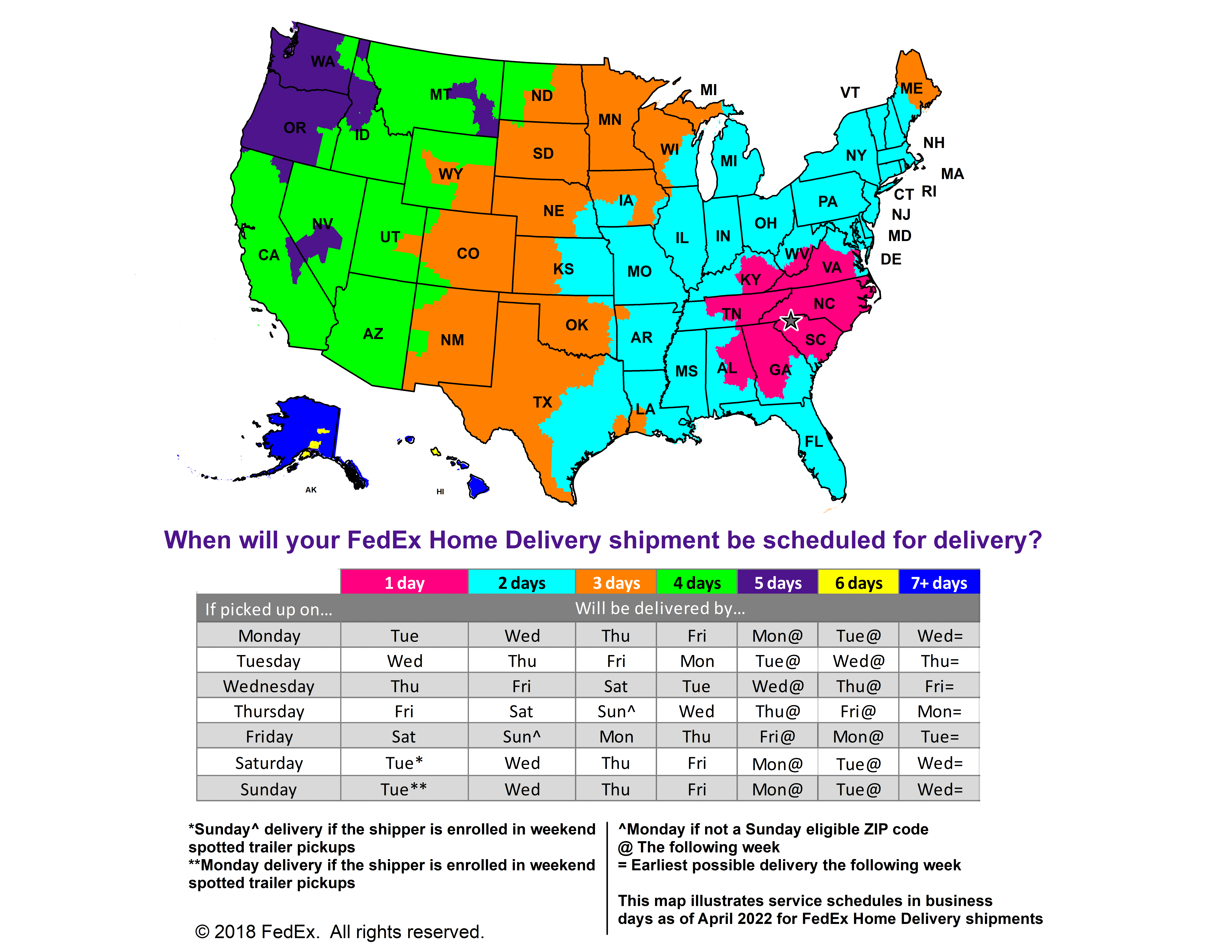How Color Stimulus Can Improve Your Child’s Development

A child’s world is full of color. There are crayons and watercolors to fill countless art pages and candy-colored cartoon characters, not to mention classrooms filled with posters and toys of a kaleidoscopic variety of hues.
It’s easy to attribute this childhood love of color to a simple desire for fun. But there may be more to it than that. Understanding how color stimulus can improve your child’s development can help you find new and creative ways to use nursery and bedroom décor to your advantage.
Color and Newborns
Color begins impacting brain development from infancy. But to fully understand how color stimulus improves a child’s development as a newborn, it’s important to note how a baby’s perception of color changes over time.
Newborn’s Changing Perception of Color
When babies are first born, their brains and eyes are not fully developed. They cannot see far distances, are sensitive to bright lights, and—most significantly—they cannot perceive colors as well as adults. While they don’t only see the world in black and white, they have trouble distinguishing between shades other than highly contrasting ones.
Newborns and Color Contrast
As we mentioned, newborns can typically only detect colors when they are highly contrasting. For example, black stripes against white curtains or white polka dots against a black pillow will stick out far more than the classic nursery pastel colors.
While we often don’t think of black and white as “colorful,” this kind of stimulus can still impact a baby’s development. These kinds of colors attract a newborn’s attention, encourage the development of the parts of the retina that are associated with color, and may potentially increase a baby’s memory.
Pro Tip: Remember Distance
Remember, babies have minimal distance vision—about 20/200 when they’re first born. Because of that, much of the visual stimulus will only impact them if it’s relatively close to their faces. Baby mobiles, toys, and swaddling blankets will impact a baby more than the color of the furniture.
Color and Children
By the time babies are two to four months old, they begin distinguishing between shades more readily, such as red and green. Then, as five-month-olds, they can typically see closer to the full color spectrum. From here, the role of color in a child’s development begins to shift.
Colors and Emotional Regulation
Whether you’re 12 years old or 22, color often profoundly impacts our emotions and behavior. And since childhood is a time when we are first learning how to understand and regulate our emotions and behavior, that means color psychology is worth understanding in this context.
The main idea behind this is that certain colors have different effects on our emotions. Here are a few emotional connections generally accepted among color theorists:
- Red is often associated with energy, excitement, and focus. However, in large doses, it may also contribute to aggression.
- Orange often sparks sociability and creativity, though it can also become overwhelming in large doses.
- Kids tend to associate yellow with the sun and all the emotions that go with it, such as happiness and energy.
- Since green tends to call to mind natural sights, it is often associated with tranquility and safety. Because it’s on the cooler side of the spectrum, it may have a calming effect on children.
- Blue is considered one of the most universally positive colors because of its association with the sky and sea. It often triggers feelings of calm and freedom.
- Because purple is a mixture of high-energy and peaceful colors, it promotes a mixture of creativity and calm in children.
- Even though pink has come to be classified as the archetypal “girl” color, it is also known to promote calm in both boys and girls.
- Brown’s association with the earth can leave a space feeling more grounded, stable, and secure, which can be comforting to a child.
While these ideas tend to be well-accepted about the different colors, they aren’t necessarily universal. Different cultures may associate colors with different meanings. For example, while some associate green with tranquility and nature, other cultures associate it with infidelity and others with greed.
Color and Learning
In some circumstances, color can detract from one’s ability to learn, specifically if there is an overwhelming number of colors where a child is trying to focus. However, research has shown that children—and grown-ups—tend to pay attention to things more when they’re in color. This makes us more inclined to remember them.
When you use color stimulus in this way, adding color into an environment can lead to children’s memory and attention spans increasing.
Tips for Utilizing Color To Help Your Child’s Development
When you utilize color effectively, it can contribute to your child’s development. Here are a few ways you can help your child grow using color.
Bring Color Into Their Studies
As mentioned, children tend to remember things more when associated with color. When implemented strategically, this colorful memory strategy can help improve children’s studies and bolster their cognitive development. For instance, simply using color-coded study cards can do wonders for improving kids’ abilities to remember information for tests.
But that isn’t the only way to improve cognition for young students. Some colors simply lend themselves to creativity and focus. Having students study in a blue room, for instance, can help encourage these ideas. Just remember that too many colors in a space can be distracting and overwhelming.
Help Kids Express Themselves With Colors
Self-expression is an important part of a child’s development. And since colors are inextricably linked with our emotions, they can be an invaluable way to help children interact with their own feelings.
For younger kids, this may look like having different colors represent different emotions. When they are acting out or feeling overwhelmed, they can use colors to help them identify their feelings. For older kids, using colors for expressive activities like art therapy may help them find a sense of self-efficacy and identity.
Using Color in Children’s Surroundings
A child’s relationship with color begins from the day they first open their eyes. Since babies have trouble determining specific colors, the best way to help enhance development is to focus on shades. Doing a black and white nursery or simply choosing blankets and toys with alternating colors may be the best option.
Whether you’re helping paint a zebra-print nursery or a rainbow children’s room, ECOS Paints has the non-toxic* nursery paints you need to help make your child’s world a little more colorful.
Non-toxic - Conforms to ASTM-D4236, specifically concerning oral toxicity, skin irritation and respiratory effects.



























